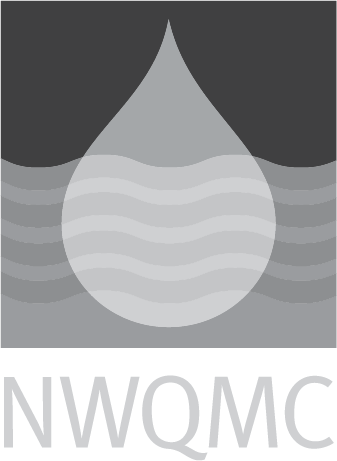USGS-NWQL: I-2548-11: Nitrate Plus Nitrite in Water by Enzymatic Reduction, Low Level, Auto Analyzer
|
Official Method Name
|
Low-level Colorimetric Determination of Nitrate Plus Nitrite in Water by Enzymatic Reduction, Automated Discrete Analyzer Method |
|---|---|
|
Current Revision
| January 30, 2013 |
|
Media
|
WATER |
|
Instrumentation
|
Automated Discrete Analyzer |
|
Method Subcategory
|
Inorganic |
|
Method Source
|
|
|
Citation
|
Patton, C. J., and Kryskalla, J. R., 2011, Colorimetric determination of nitrate plus nitrite in water by enzymatic reduction, automated discrete analyzer methods: U.S. Geological Survey Techniques and Methods, Book 5, Chapter B8. |
|
Brief Method Summary
|
In the low-level method (USGS I-2548-11), nitrate is reduced to nitrite with nontoxic, soluble nitrate reductase rather than toxic, granular, copperized cadmium. Colorimetric reagents are used to determine nitrite. The enzyme used in these discrete analyzer methods, designated AtNaR2 by its manufacturer, is produced by recombinant expression of the nitrate reductase gene from wall cress (Arabidopsis thaliana) in the yeast Pichia pastoris. Unlike other commercially available nitrate reductases we evaluated, AtNaR2 maintains high activity at 37°C and is not inhibited by high-phenolic-content humic acids at reaction temperatures in the range of 20°C to 37°C. These previously unrecognized AtNaR2 characteristics are essential for successful performance of discrete analyzer nitrate + nitrite assays. This method and others in this report (I-2547-11 and I-2548-11) are direct replacements for longstanding USGS and EPA colorimetric nitrate + nitrite methods and differ from them only in the reagents used to reduce nitrate to nitrite (nontoxic, soluble nitrate reductase replaces toxic, granular, copperized cadmium) prior to colorimetric nitrite determination with Griess reagents. Like cadmium-reduction methods, these enzymatic-reduction methods are intended for surface-water and ground-water matrices. |
|
Scope and Application
|
This report describes new, enzymatic-reduction methods for colorimetric nitrate plus nitrite determinations in surface water and groundwater on automated discrete analyzer instrument platforms. This report focuses on development and validation of standard- and low-level discrete analyzer nitrate plus nitrite assays using AtNaR2 nitrate reductase and its cofactor, beta-nicotinamide adenine dinucleotide, reduced form (NADH). Methods I-2547-11 and I-2548-11 are suitable for determination of nitrate + nitrite in filtered (FCC bottle type) and filtered-acidified (FCA bottle type) water samples. They also are applicable to whole-water-acidified (WCA bottle type) samples that are laboratory filtered prior to analysis. |
|
Applicable Concentration Range
|
0.008 to 1.00 |
|
Interferences
|
Any particles in assays (turbidity) contributes to chromophore absorbance can cause high bias in analytical results. High concentrations of certain transition- and heavy-metal ions can inhibit nitrate reductase to varying extents. High concentrations of Sulfate, chloride, and bromide can effect nitrate recovery. HA inhibition increased in direct proportion to reduction reaction temperature and HA concentration. NADH inhibits the Griess indicator reaction. See report for full list and details. |
|
Quality Control Requirements
|
Discernible turbidity in samples or colorimetric reagents should be removed by filtration (0.45-um or 0.2-um polyethersulfone or nylon) prior to analytical determinations. |
|
Sample Handling
|
filter and chill at collection site; ship and store at 4oC |
|
Maximum Holding Time
|
30 days |
|
Relative Cost
|
Unknown |
|
Sample Preparation Methods
|
The DA require analysts to rinse and fill analyzer cups or tubes with well-shaken samples |




